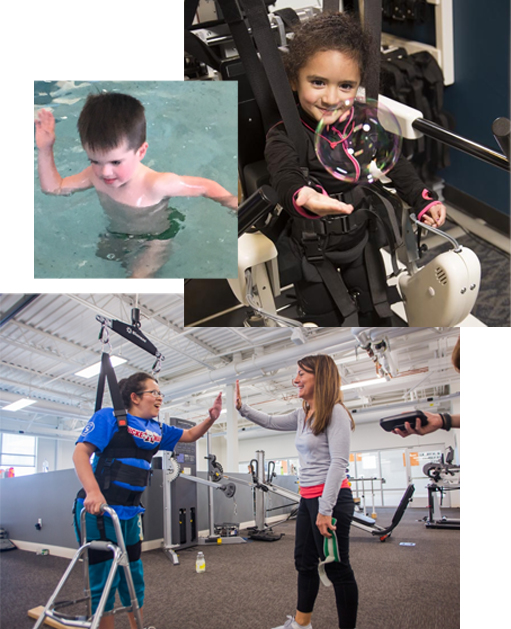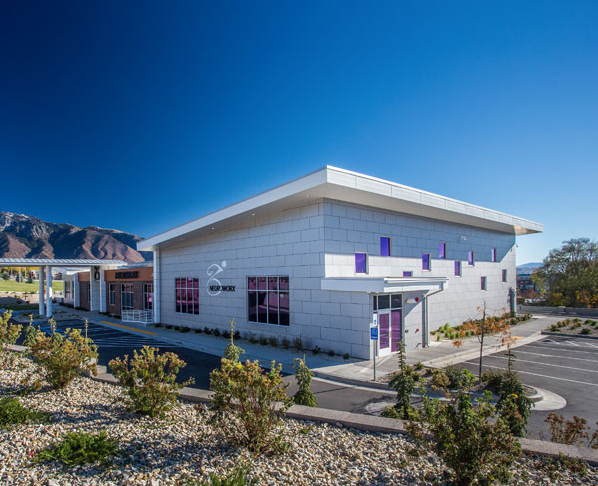What We Do

The Neuroworx Treatment Model
Neuroworx provides specialized neurological physical, occupational, and speech therapy for adults and children experiencing conditions causing paralysis. Individualized one-on-one care, while applying neuroplasticity principles to optimize each outcome, is the core of our treatment philosophy. Our therapy treatment plans are customized for each patient and continually evaluated and updated. The type of intervention chosen, how and when it’s used, and duration and frequency are all part of the equation. A combination of licensed clinicians with specialized equipment in a time-liberal environment brings the best chance for success. The clinicians make every effort to coordinate and integrate patient care across physical, occupational, and speech therapy to accelerate progress and promote functional ability.
The patient’s condition, potential and progress —not funding — steer treatment interventions and clinical decisions. Neuroworx recognizes that outpatient insurance benefits are limited and do not discriminate based on the severity of the injury. A typical insurance plan will provide 20 to 30, one-hour outpatient therapy sessions per calendar year, regardless of whether the injury is relatively minor or a catastrophic neurological injury. Further, even when government assistance is an option for those without insurance, they may have difficulty accessing it. At Neuroworx, a combination of insurance billing, an affordable self-pay program, unique state legislation, and nonprofit fundraising for charity and supplemental care can help address funding.
The Neuroworx therapists use evidence-based therapy methods while emphasizing and focusing on the neurological needs of each individual.

Why Neuroworx?
From 1975 through 2020, the average length of stay in a hospital for neurological injuries has declined by 66%. In 1975, individuals experiencing neurological injuries would be hospitalized an average of 98 days. By 2020, that number had dropped to 31 days. The net result is significantly less rehabilitative therapy. Less time in the hospital means fewer sessions. Additionally, the in-hospital therapists now must spend some of their time preparing individuals for a relatively quick discharge rather than focusing on restorative and functional goals.
Thus, the burden of rehabilitation shifts to the outpatient setting. Unfortunately, outpatient insurance benefits are limited AND do not discriminate based on the severity of the injury. A typical insurance plan will provide twenty to thirty, one-hour outpatient therapy sessions per calendar year. This is regardless of whether the injury is a relatively minor musculoskeletal problem or a catastrophic neurological injury.
For those without insurance, the prospects of additional therapy are even more grim since this one-on-one, specialized therapy can be expensive. Government assistance is not always an option and can be difficult to access even when it is. Ironically, during this same time period of diminishing in-hospital care and therapy, researchers and clinicians discovered the damaged nervous system has a much greater potential for restorative gains and functional recovery than previously believed. This concept is referred to as neuroplasticity. It is the central nervous system’s ability to reshape or reconfigure itself after an injury or insult. However, in order to take advantage of this neuroplastic potential, therapy interventions must be applied adhering to specific principles, including time.
The Neuroworx treatment model is specifically designed to provide neurologically specialized, after-hospital, extended-time, and if necessary – long-term rehabilitation essential to promote optimal outcomes. The goal is to combine the best expertise with state-of-the-art equipment in a liberal time environment to maximize the neuroplastic potential that exists following injury.



